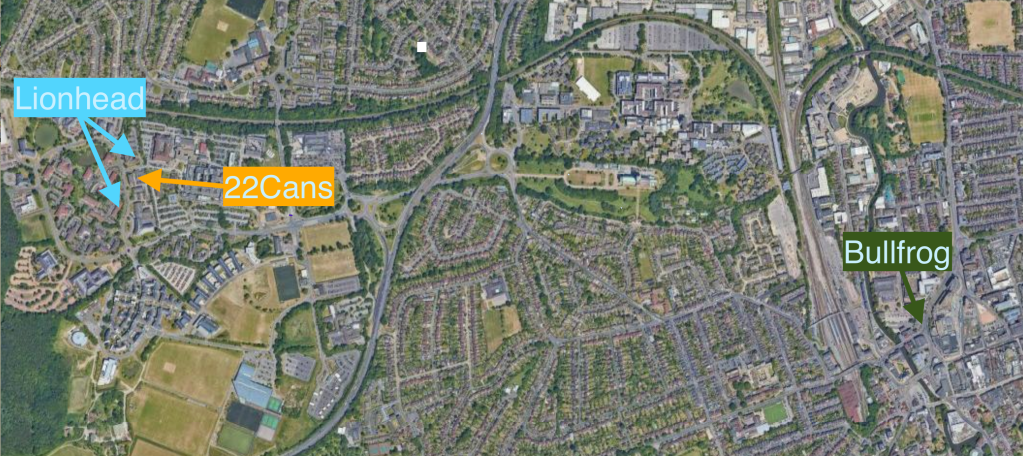It’s something I’ve seen so many times in my life, by really smart people: they can dissociate things that on paper you can dissociate but that in real life, are not dissociable at all.
Take gambling. Libertarian folks will be adamant that “no one is forced to gamble”. That people are doing this to themselves, and that there’s nothing that can be done to prevent their own harm. It’s their responsibility. We all have to be responsible for the things we do to ourselves, etc.
This is omitting how we live here and now, and I suspect in the past too: we’re living together. We’re building infrastructures, systems around our social behaviors.
Gambling is designed for a certain kind of folks who are really sensitive to the appeal of gain. In 2023, after really hard times caused by a pandemic and the convenience of tech, a lot of people have been attracted to gambling. It’s fun!
It is not possible to say that this is an individual’s responsibility when we design, fine tune, A/B test, use all the psychological data on earth to make products and services to specifically trigger the same gambling buttons over and over until people give up and start gambling. It is not.
Sure maybe it’ll be fine, just for a couple months in winter, bored. It might not, ruining the lives of many.
I take gambling as an example because it’s kind of the mother of all this weird customer optimization going on these days. You know, engagement. Retention. Built-in gamification. Everything derived from gambling tactics.
All those things are meant to catch people. And they’re insanely good at it, from Pokemon to TikTok.
Libertarians folks are often financially been out of being stressed out for a long time. They don’t understand how time passing by ruins your ability to resist easiness. It is not hard to understand that it’s wrong to actively seek to make massive, ridiculously massive profit off of people’s exhaustion of the real world though.
“If it’s not me, it will be someone else” is often the answer to justify those lines of business. Well that’s another point for UBI then; I’d rather have people stay home than do predatory shit to each other.


